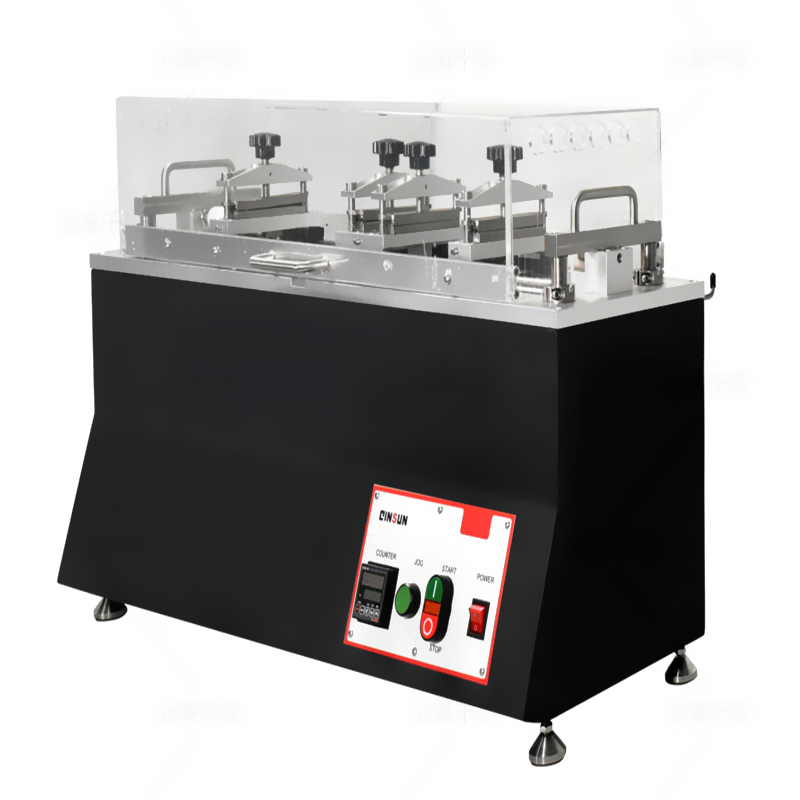Experimental Principle of Seat Seam Fatigue Strength Tester

The seat seam fatigue strength tester is used to evaluate the fatigue strength of the seams of the surface materials of automobile seats. The surface materials of automobile seats (synthetic leather, fabric, etc.) are mostly spliced and stitched structures. The stitching strength of the material seams and the fatigue strength of the seams directly affect the service life of the seats. By testing the strength and life of the material seams, the life of the seats can be effectively predicted and the improvement direction for increasing the service life can be given.
Shanghai Qianshi Precision Electromechanical Technology Co., Ltd. was established in 2012. It focuses on the research and development, design, and production of textile testing instruments, and provides textile testing instruments and services for academic research units and testing institutions. Shanghai Qianshi is currently one of the most competitive and R&D-capable textile testing instrument manufacturers in China. The R&D team is composed of a group of experienced engineers. We are committed to serving customers wholeheartedly and striving to promote technological innovation in textile testing instruments.

Experimental parameters:
Number of workstations: 2
Sample load: 3kg
Speed: 30 reciprocating/min
Counter: at least four digits (standard test number of laps 2500)
Stroke: 140mm
Test spacing: 120, 124, 140 adjustable
Clamp width: 50mm
Experimental principle:
The equipment is a 2-workstation desktop machine used to evaluate the tear resistance of textile or leather seat materials or the elongation of seam pinholes. Each test station includes a pair of corresponding clamps for fixing the sample, and the height gauge is used to set the separation distance of each test station clamp to 140mm. The sample is placed on the clamp, and the position of the left and right clamps is adjusted so that the test spacing of the sample meets the standard requirements. The number of test laps is set. When the test starts, the reducer drives the middle clamp to reciprocate. The left and right grippers are connected with a 3kg load. When the middle gripper reciprocates, the left and right specimens undergo a loading and unloading process in one cycle. The proximity switch connected to the counter records the gripper movement cycle. The test stops when the set number of test cycles is reached. The fatigue resistance of the material joint is characterized by measuring the changes in the seam opening at the joint.
2024-11-21 11:28

